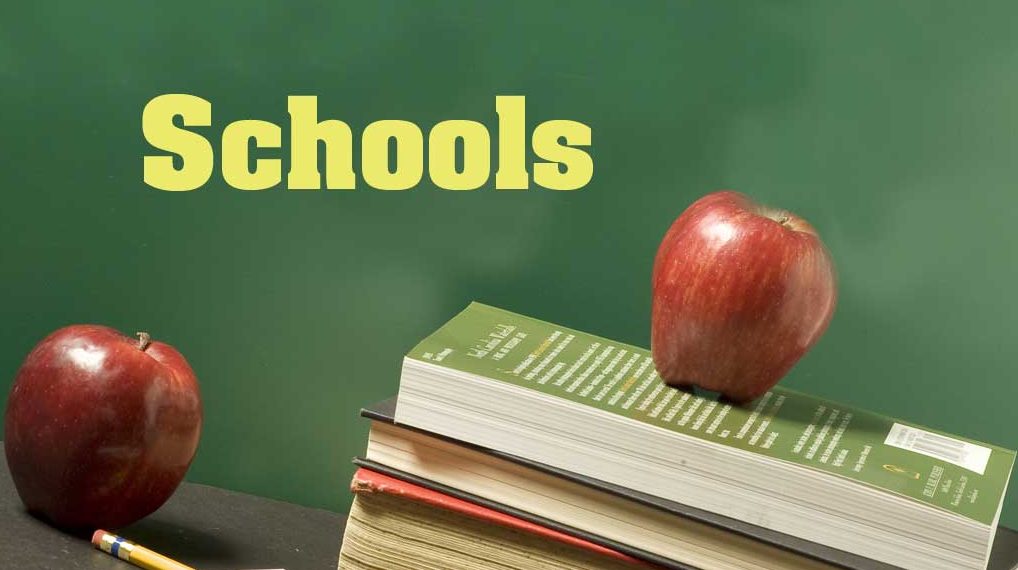| We appreciate the care and thought that has gone into the preliminary reopening plan for the Princeton Public Schools.
However, without a doubt, our family will be choosing the all-remote learning option for our two children. It is still far too risky to send our kids back to school. I’m thankful that there is an all-remote option, but this is a far larger issue than the choice of one privileged family – it is an issue that affects the safety of the entire Princeton community. We’ve seen what happened in states that reopened too soon. New Jersey is in a good place now, but the virus is not gone, and people are now congregating in places like the Jersey shore (didn’t learn Florida’s lesson), and families are going on road trips outside the state, coming into possible contact with COVID – and will bring it back with them for the start of the school year. All it takes is one or two kids in the entire school population to be infected – and remember, a very high percentage of cases are asymptomatic – and it will spread like wildfire. A daily temperature check will do nothing to pinpoint asymptomatic carriers. And I have serious doubts, despite the best efforts of teachers and aides, that children of any age (I’ve seen the clusters of mask-less teenagers hanging out on the Princeton High School lawn and track) will maintain social distancing for more than 15 minutes, let alone wear masks all day. This will put not only our children and their families at risk, but teachers and staff. It is a terrible idea for the community to reopen schools in the fall. Children, even if they do not develop symptoms or the potentially-fatal multisystem inflammatory syndrome in children, can spread the virus to those for whom it may be fatal. And we do not know the long-term effects of this virus on the human body, in children or adults. Eighty-five infants under the age of 1 just tested positive for coronavirus in a single Texas county. And what is the plan if a child or a teacher develops COVID while in school? Will the whole system shut down to contain it? Of course, by then it will be too late. An article in the Nation asked if perhaps parents would be required to sign a “death waiver,” should anyone in their family die as a result of returning to in-school learning. Some proponents for reopening schools say that children need in-person learning for their mental well-being. But, as the Movement of Rank and File Educators (MORE), the progressive caucus within New York’s United Federation of Teachers illustrate on their website, being repeatedly commanded to stay six feet from your friends, sitting in a rearranged “distanced” classroom, unable to move around the room or share materials, learning from teachers wearing masks and (supposedly) having to wear one yourself, with restrictions placed on recess, hallway movement, and eating lunch, and simply being aware that any person in the same room with you, or random objects you touch, could make you or your family very, very sick, with an illness that could kill you, your siblings, your parents, or grandparents – well, I don’t think that will do much for our kids’ mental health. The safest course, by far, is to continue with all-remote learning in the fall. I know this is difficult for some families – a great solution was proposed in the New York Times on July 20: “Allow schools to offer only virtual classes this fall, and convert schools and other large unused spaces into Safe Centers for Online Learning (SCOLs). … Students who can keep learning at home should do so. As a result, the centers would not be crowded. … SCOL staff members [not necessarily teachers] would simply help students connect to online courses provided by their schools. … The physical requirements are modest. Students need only a desk and a laptop. … Mobile partitions can convert large venues into units. … It’s undeniable that online classes lack many of the benefits of in-person learning. But a suboptimal semester – or even a year – is one thing. Sickness and death is another.” Here is another recent New York Times piece by a teacher, who loves her students but has declared that if forced to go back to in-person schooling in the fall, she will quit: “Asking me to return to the classroom amid a pandemic and expose myself and my family to COVID-19 is like asking me to take that [school shooting] bullet home to my own family. I won’t do it, and you shouldn’t want me to. … Nothing I have heard reassures me that I can safely teach in person. More than 75 New York Department of Education employees died of COVID-19. CDC guidelines say a return to traditional schooling with in-person classes would involve the highest risk for COVID-19 spread. But even in-person classes with students spaced apart and prevented from sharing materials are categorized as leading to more risk. The lowest risk for spread, according to the CDC, is virtual learning. I can’t understand why we would choose more risk than is necessary.” The Movement of Rank and File Educators (MORE), the progressive caucus within New York’s United Federation of Teachers, is saying unequivocally that it is too soon to return to school buildings: “As teachers and parents, we are united in saying we should not be returning to school buildings this September. … The science is becoming more and more clear. Sustained interactions in indoor, poorly ventilated spaces pose the greatest risk of community spread.” Our priority is human life. The lowest risk for virus transmission, serious debilitating illness, potentially lifelong health complications, and death, is to continue all-remote learning in the fall. This is for the good of our children, our elders, parents, teachers, and the health and safety of our entire community. Eunice Wong |

